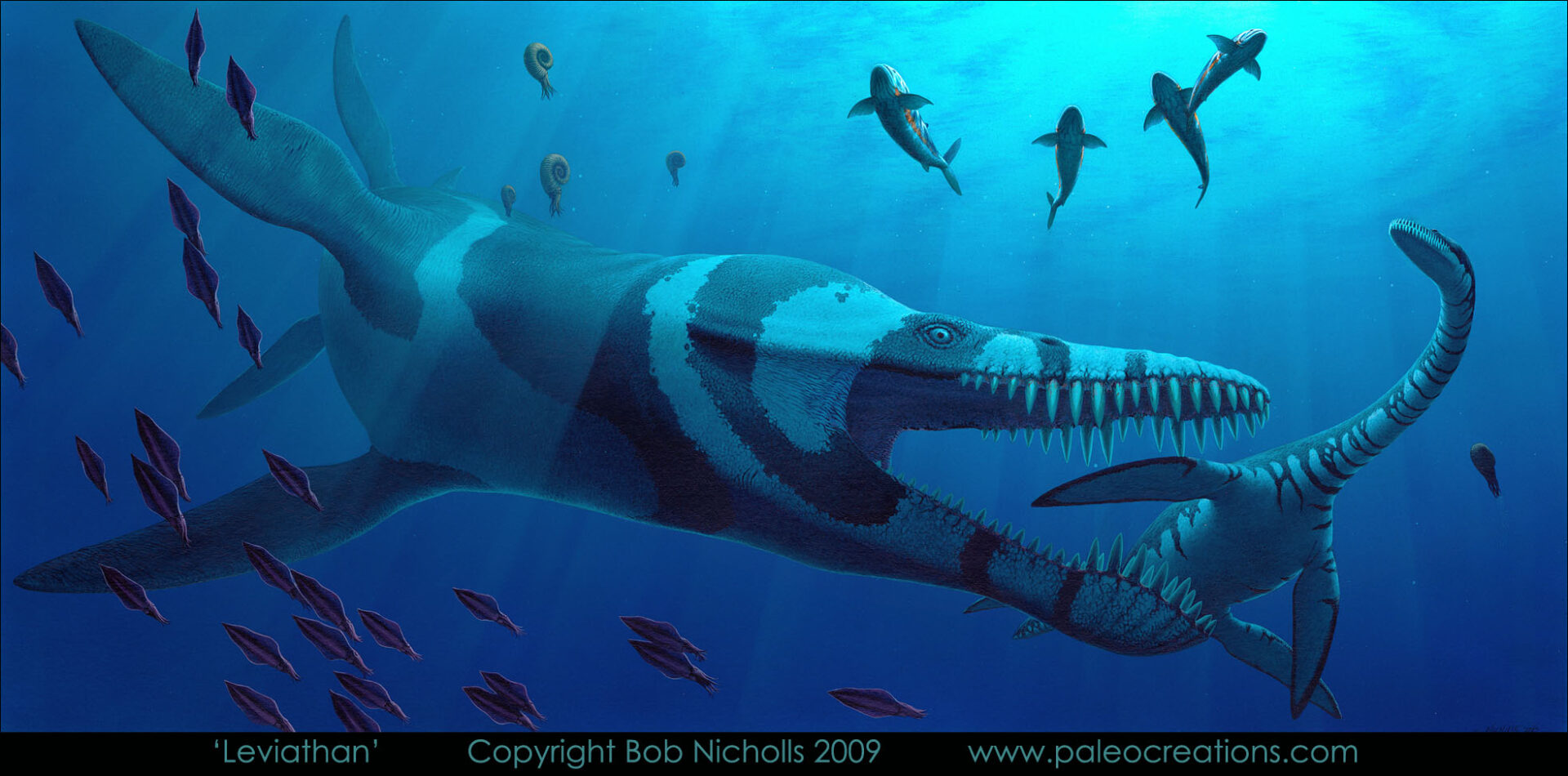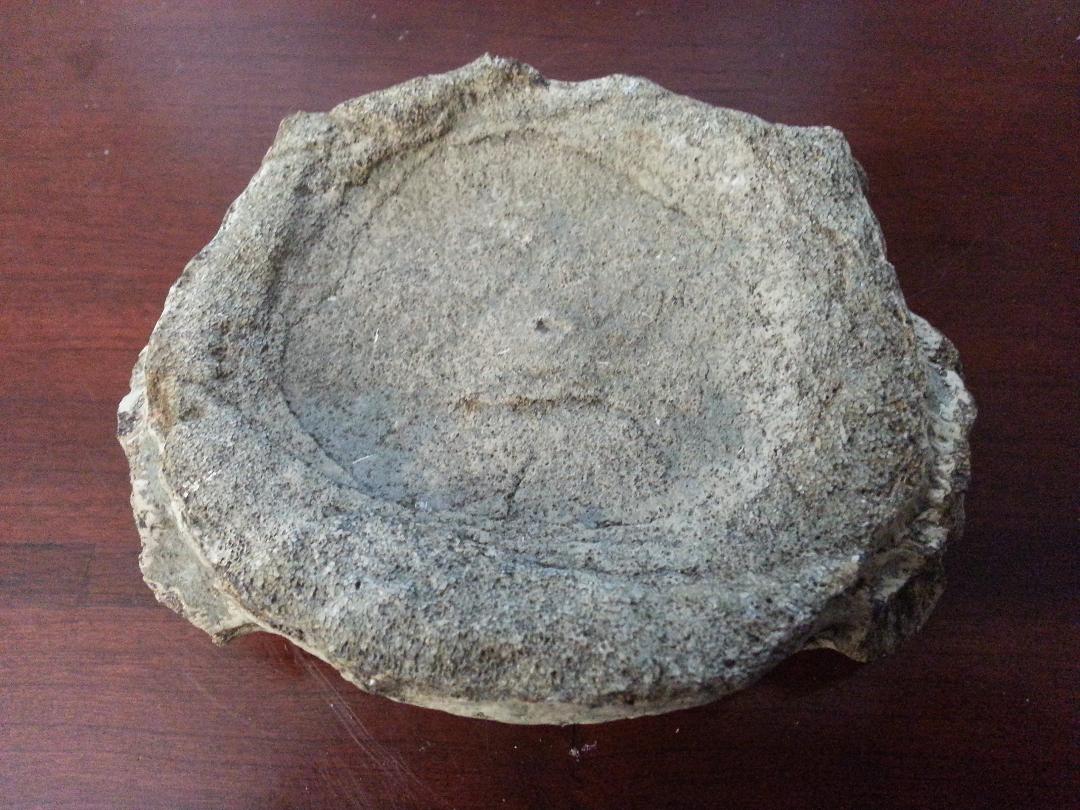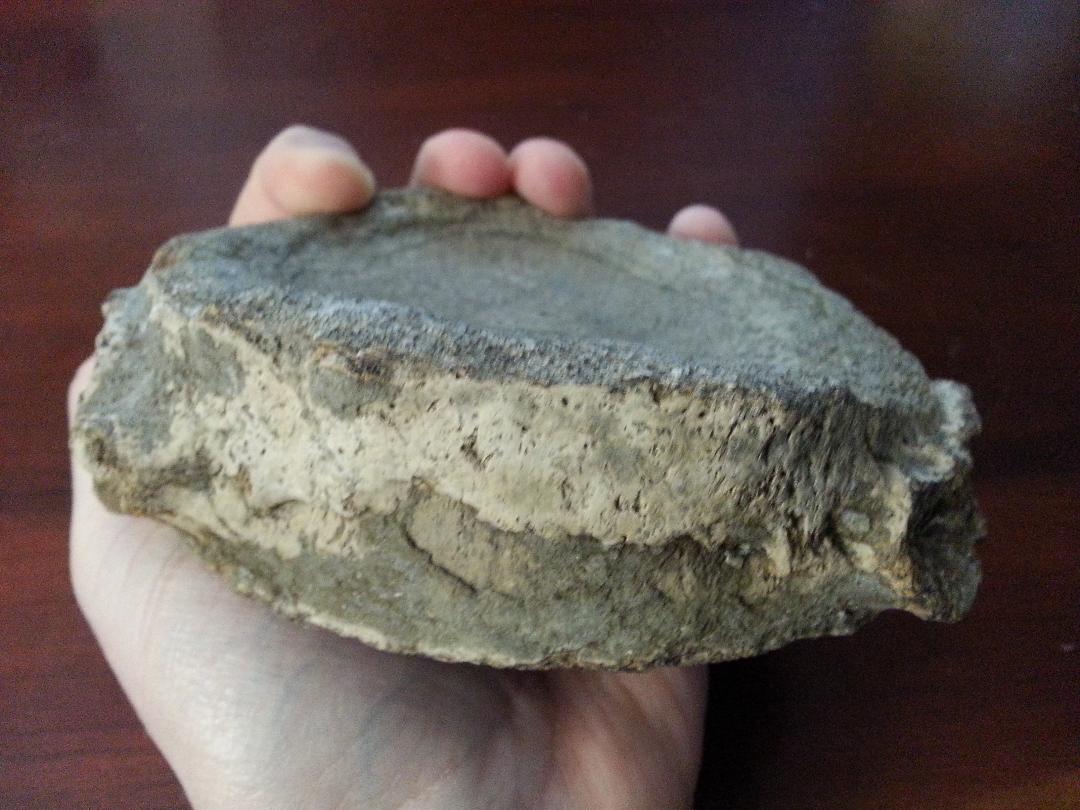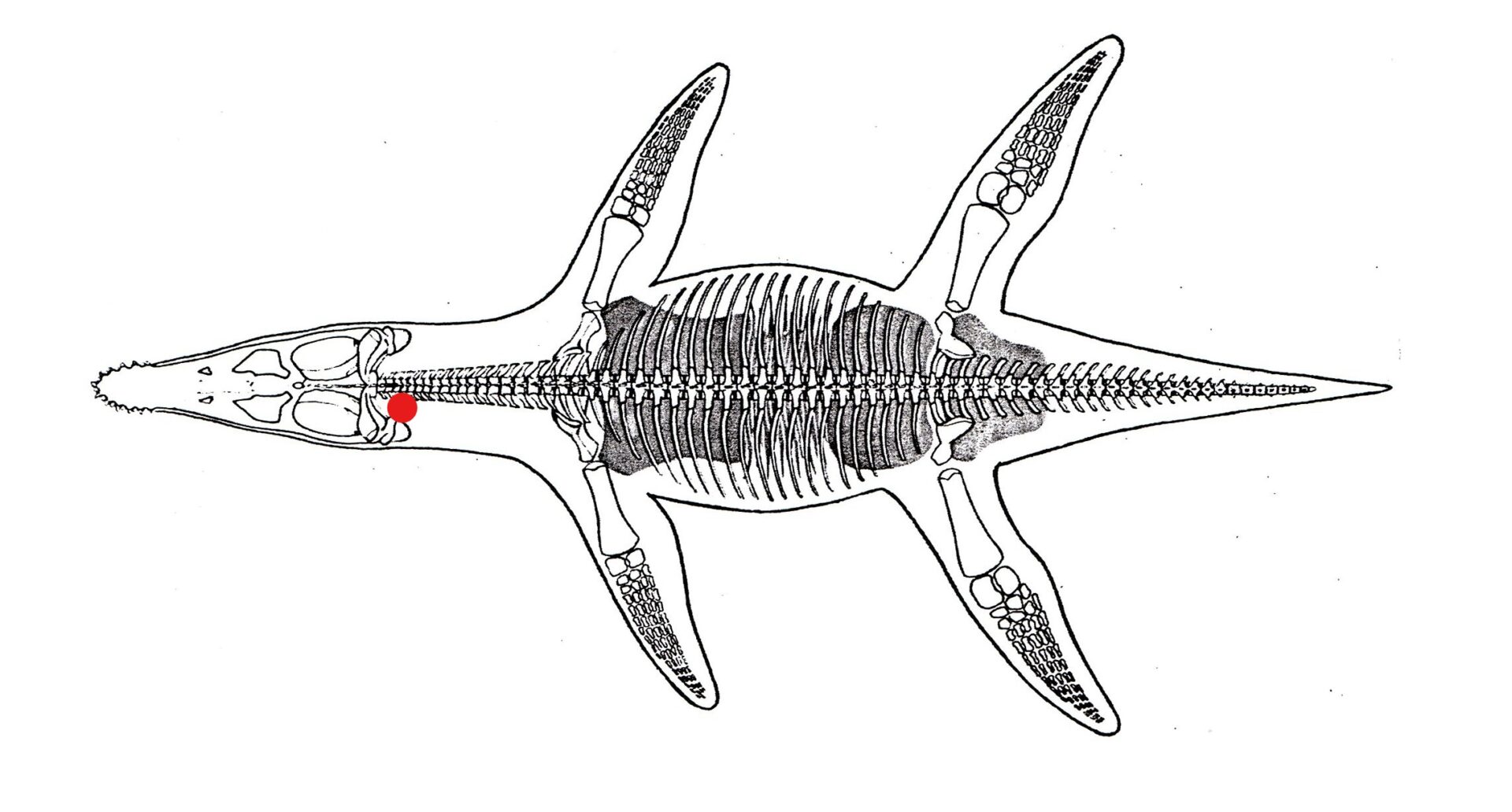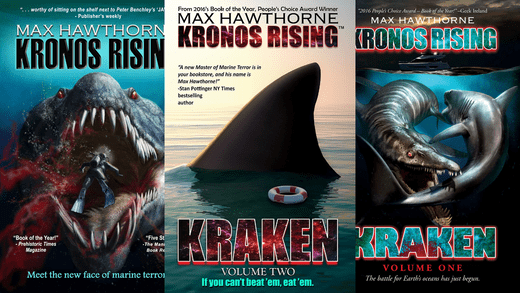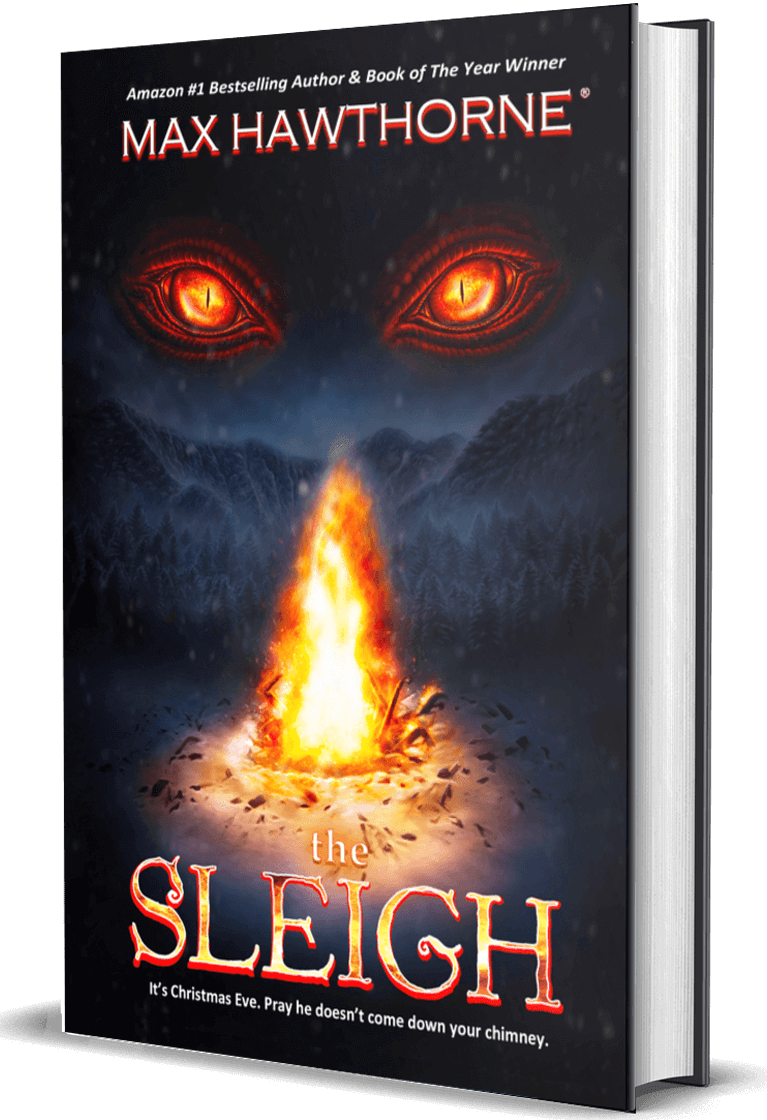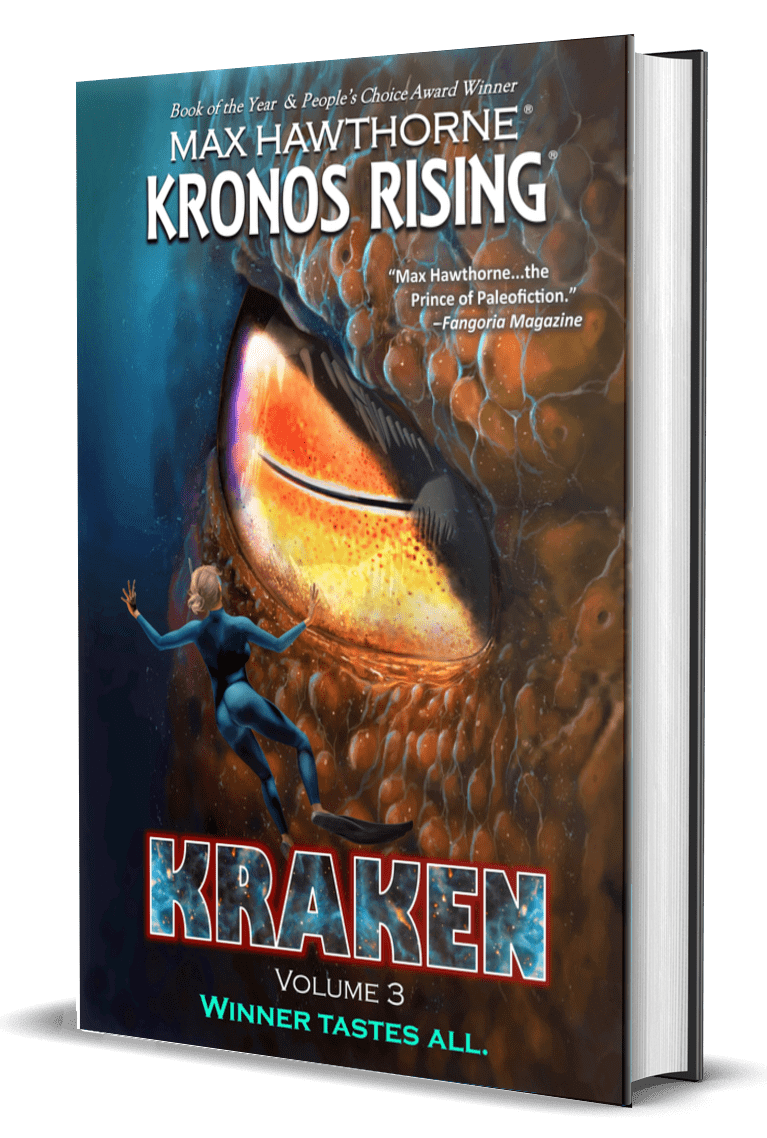In the Jurassic seas off the coast of present-day UK – did a bus-sized monster make a meal out of its smaller brethren?
Were pliosaurs cannibals? Did pliosaurs eat their own kind? Let’s find out. From my collector’s case: the centrum portion of what was listed as a sub-adult “Pliosaurus macromerus” vertebra. The specimen have many interesting features, including evidence that strongly suggests the pliosaur was eaten by a larger pliosaur. Starting at the top, there are facets to mark what must have been an impressively large neural arch. In terms of overall shape, the centrum is more like a compressed circle or oval, as opposed to round.
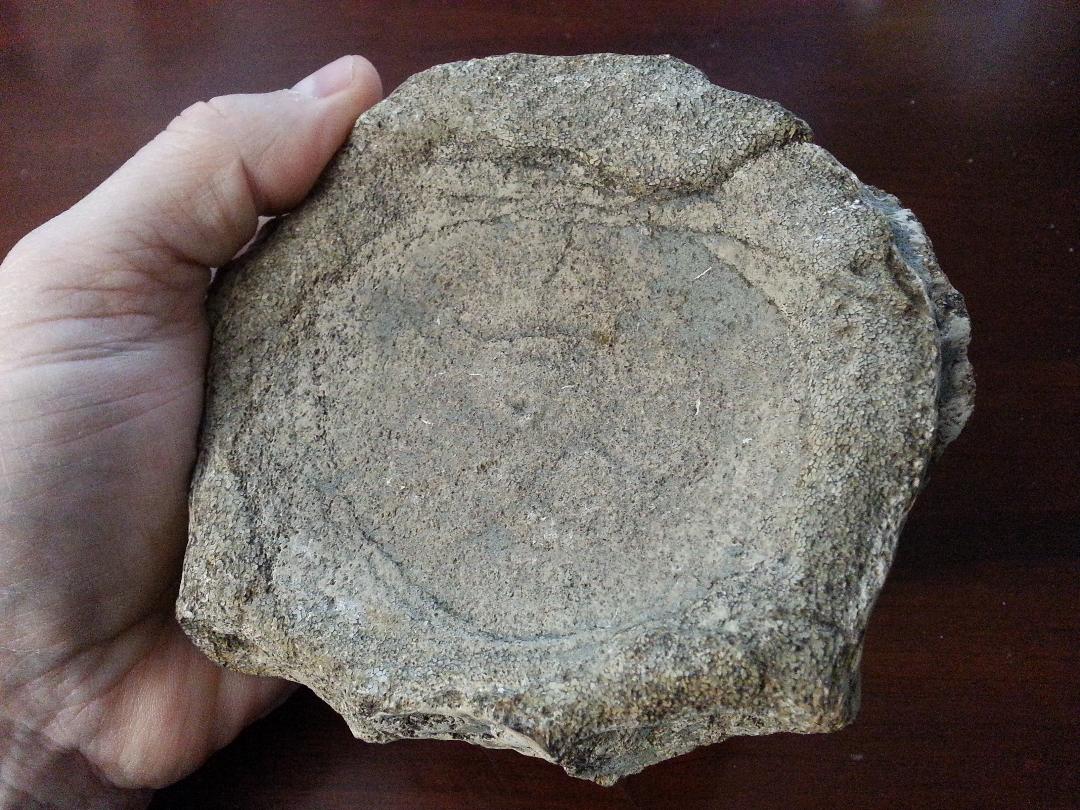
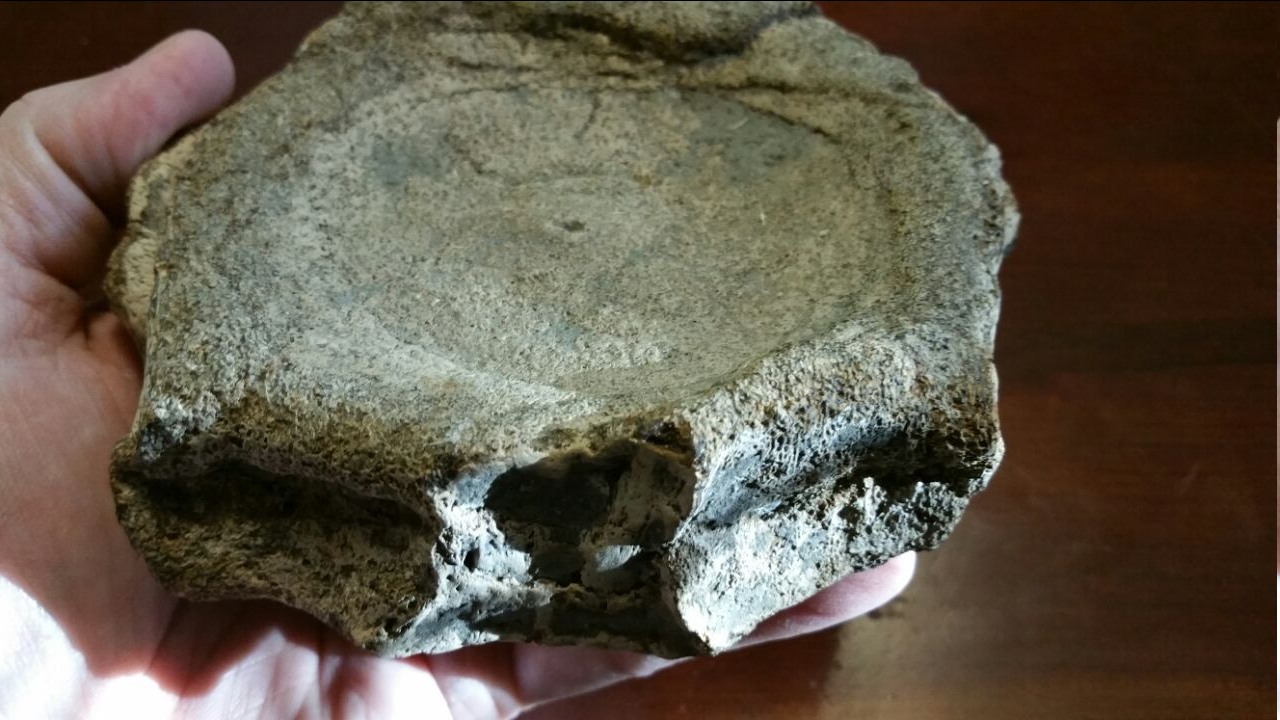
Both anterior and posterior surfaces are slightly concave, with a heavy ridge/lip around the outer edge/perimeter. Said ridge/lip is distributed fairly evenly on the posterior surface. On the anterior surface it is far more robust in the ventral portion, indicating a possible pathology or arthritic changes brought on by injury. The affected region is ~28% thicker than the centrum’s unaffected portion.
CRIME SCENE?
There are several irregular grooves carved into the anterior portion of the centrum’s articulating surface. These appear to be unhealed tooth scores, indicating either predation or scavenging post mortem. An additional puncture with a possible corresponding fracture appears on the lateral surface of the centrum, between the superior rib facet and the neural arch. Said damage may have also been caused by predation or been inflicted post mortem. Given that this was a relatively young animal (a sub-adult) it is likely that the pliosaur was killed by another, larger pliosaur. The big pliosaur may have eaten the smaller one on the spot, it may have killed it out of territoriality and left it to rot, or it may have fed on it then and there but consumed only part of it. If so, the remaining carcass would have been fed upon by other pliosaurs and/or assorted scavengers.
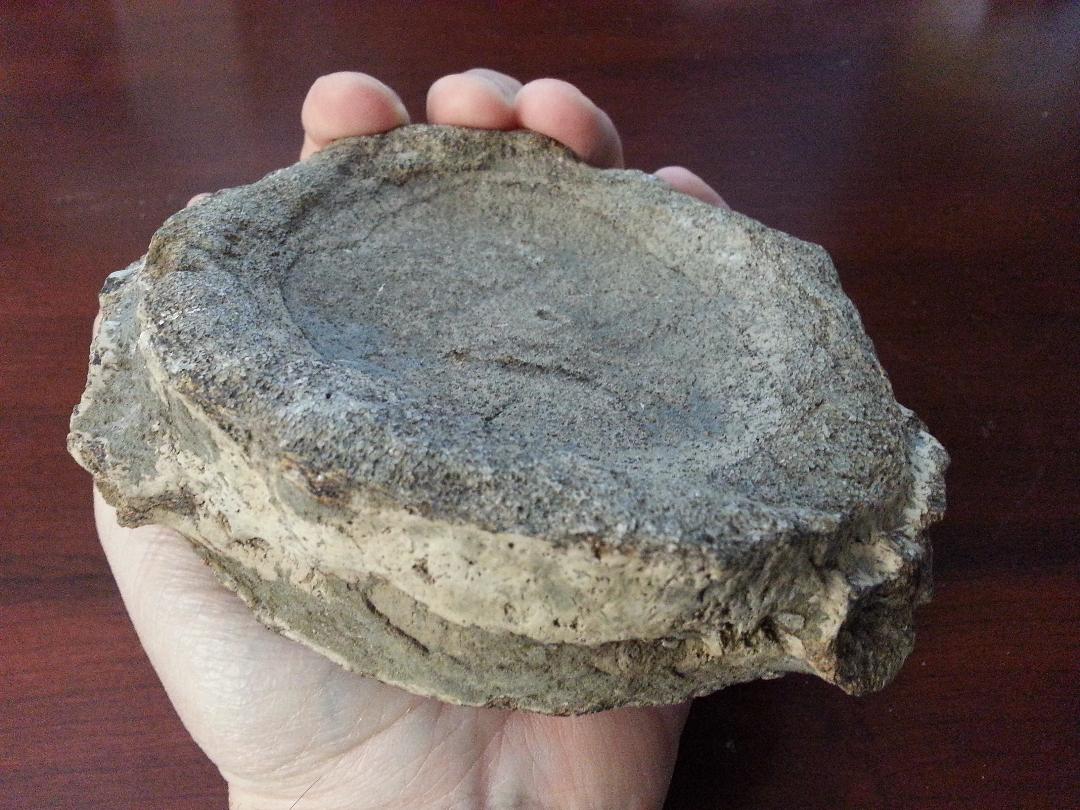
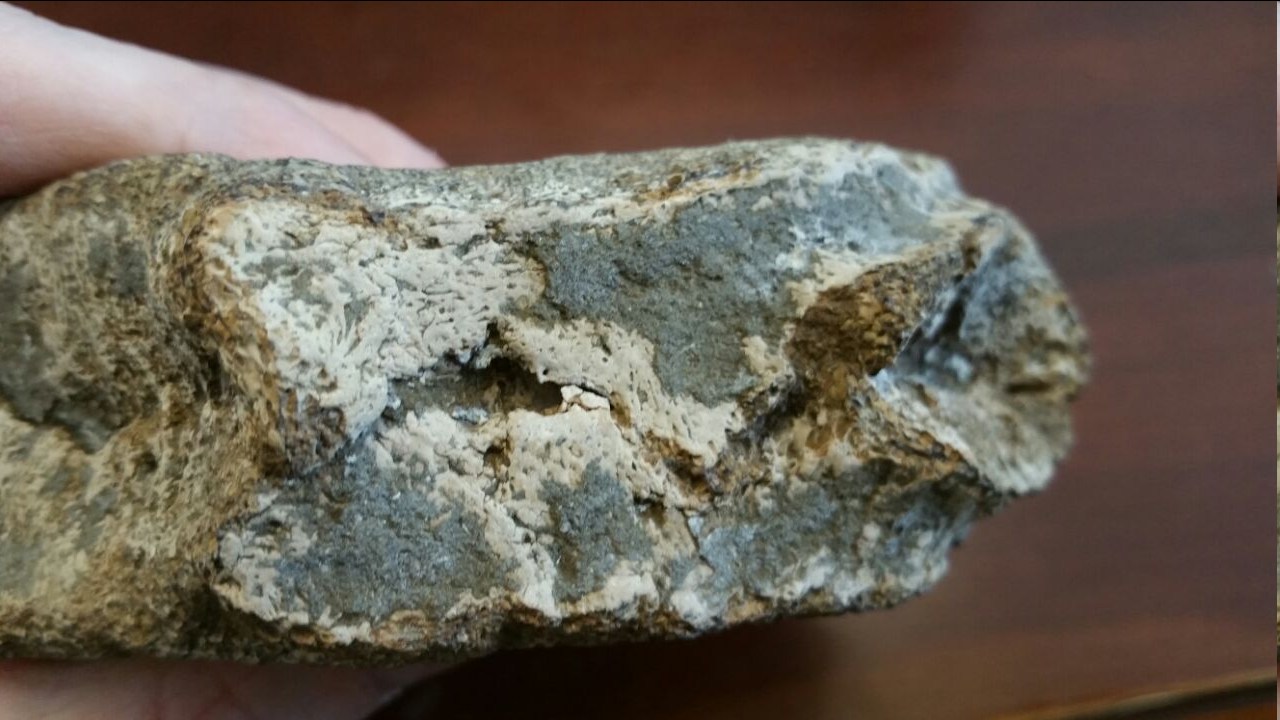
A finely developed boss (mammilla) is present in the center of each of the centrum’s articulating surfaces. It is more robust on the anterior side, vs nearly flush on the posterior. The boss is pierced by the nutritive foramen. On the ventral surface of the centrum, one nutrient foramen is present, with the other being obscured by concretions. Where it remains undamaged, the lateral surfaces of the centrum between both the superior rib facets and the neural arch, as well as on the ventral surface between the inferior facts, appear smooth. Lengthwise, the vertebra is surprisingly short, with a length that is less than one third of either its width or height.
The lateral surfaces of the centrum bear the double facets that are characteristic of the cervical vertebrae of many species of pliosaur. The superior rib facets are both oval in outline, with the uppermost portions being more triangular in shape or somewhat “pinched”. The right inferior facet is almost round, whereas the left appears amorphous in shape. The relative sizes of the rib facets compared to one another is of interest, with the left superior being 50% larger than its inferior, whereas the right superior is easily eight times the size of its inferior.

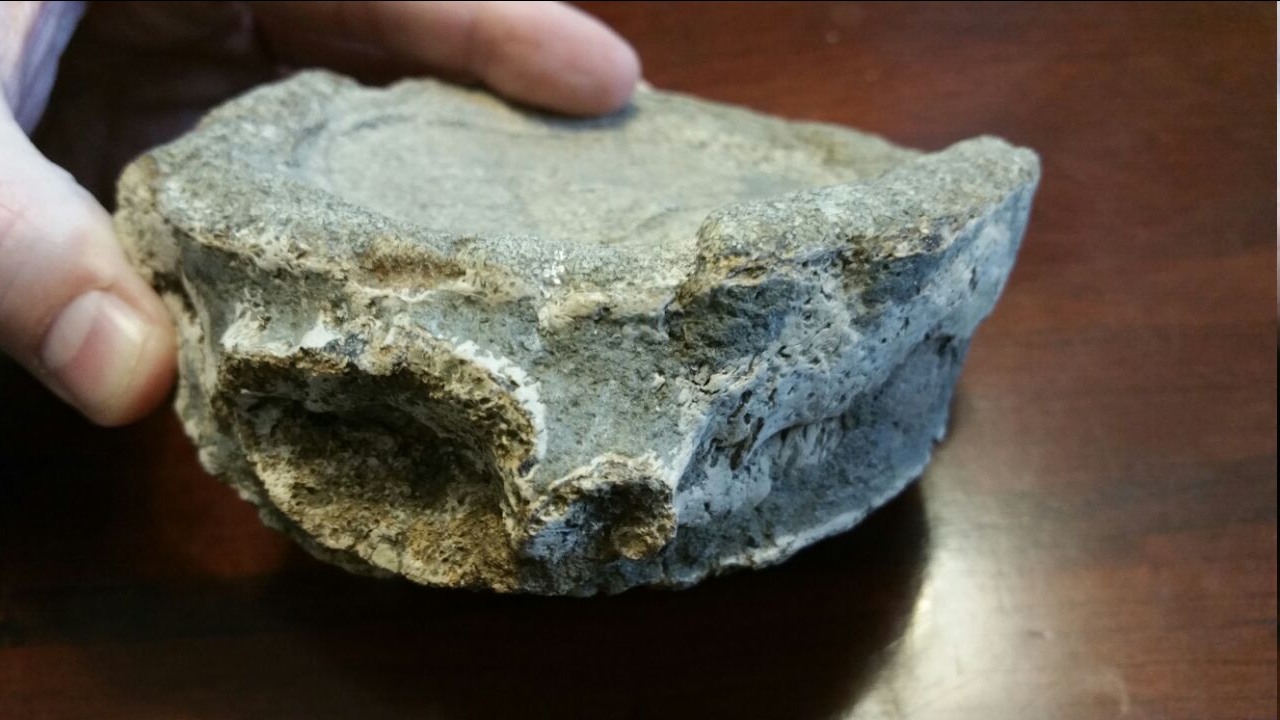
What kind of vertebra is it, and how big was the pliosaur?
Although the dealer identified this as a dorsal vert, based on its narrowness, the rib facets emerging from the lower lateral portions of the centrum, and the fact that there are no chevrons present on the ventral to indicate it was a caudal (tail), I believe it to be a cervical (neck). Based on studies of (admittedly uncommon) known pliosaur specimens, I estimate the animal would have been the size of an average bull or large cow Orca: probably ~22 feet in length (7 meters) with a comparable mass of ~4 tons. I did a nice piece on P. macromerus in late 2017 that shows possible upper size limits for this amazing predator; you can check it out here. The image below of Liopleurodon – another, similar member of the pliosauridae – shows the possible location of the centrum, as well as proportions related to the skeleton as a whole. The animal’s neck would’ve been around .75 meters (30 inches) thick.
Where did it come from and how old is it?
Upper Jurassic, Kimmeridgian, 160mya, from Abingdon quarry, Oxfordshire England. Measurements of the cervical vertebra (centrum only sans processes): Width = 4.53” (115 mm) x Height 4.17” (106 mm) x Length 1.33” (34 mm). Pathology-affected portion width: 1.7” (43.3 mm)
